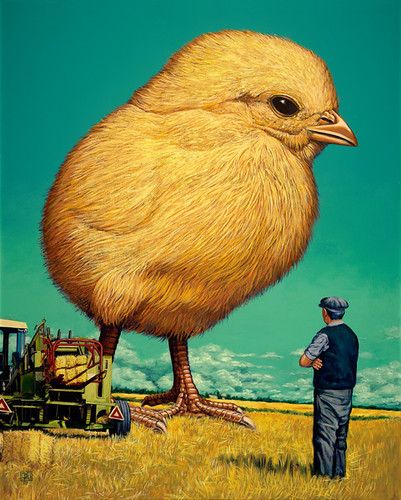
Selecting a topic to research can feel like a daunting task. One strength that’s consistent with great designers is their curiosity. Designers tend to have a wide range of interests that take them far afield when exploring the world. Oftentimes, designers are generalists—able to address contexts from many different points of view. Unfortunately, this also means that selecting a topic can be tough for designers because they often have many diverse interests. The world is so big and so curious… how could we ever choose just one part of it to study?
For experience-centered design approaches like experience, service, and interaction design, a research project should focus on the content the design approaches address. In other words, a design research project in experience design should:
- involve human actors in some way
- include the design of outcomes/an intervention
- inspect the effects of interactions between human actors and design outcomes
When selecting topics for your research, be sure they are related to experience design.
Collecting Topics
List as many topics and topic groups as you can and continue to compile this list over months and years. Below each section of listed statements, write questions that address the content in each of these areas. If you can write a compelling and answerable question, then you have the start of a research topic. As you get closer to developing and producing your project, this list of topics will change and evolve over time. Like a photographer, the more topics you list (photographs you take), the more likely you’ll be to get a great topic.
Don’ts: How to Avoid Picking a “Bad” Topic
What to avoid when creating a design research project. Don’t select a topic…
- That involves people you cannot access. You must involve these people in the research, and you cannot do that if they won’t with you.
- That you think your instructor will like. Do something that matters to you.
- That’s too big. You cannot save the world in one project.
- That seems too small. There’s no such thing as too small. Every topic has tons of layers.
- That is in a location you cannot access. Field research requires using a design and or visiting a place firsthand.
- That can be answered with a simple yes or no.
Grouping Topics and Questions
Building a list of topics will produce a list of topical interests and specific questions sparked by your list. For example, exploring the domain “Attitudes and Mental Health” could produce the list below:
- Attitudes and Mental Health
- Self-esteem and encouraging self-worth
- Stress management
- Life goals and determination
- Men’s resistance to counseling
- Combatting Apathy
This list then can lead to questions like:
- How can counseling and mentoring become more culturally acceptable for men to bring healthier mental states?
- Are there ways we can educate stress management more effectively?
- Can intrinsic motivation be imparted culturally?
Another example of a topic list that focuses on “Design Aesthetic and Function” could be summed as:
- Design Aesthetic and Function
- Value of grunge design in interaction design
- How flat interaction design is hard to use
- Color theory and usability
- Out of place, attention-getting visuals
This list then could lead to questions like:
Design Aesthetic and Function Questions
- How has a move to flat design on the web affected print design?
- In what ways could grunge design increase the way people value physical versus screen-based media?
- How does the hamburger menu in web design relate to other iconographic elements in the past?
Developing topics is an iterative process that’s best started early. Again, the longer you have to develop topics, the better the topics will be. Think of it as a sketchbook-type approach to developing research—the result being a range of topics that can fuel many research projects to come.
Resources
Start that list of topics now and visit it often. Begin by identifying things that interest you. List these topics in any way you see fit. Concept mapping, brainstorming, affinity mapping, and other means of generating ideas can be effective ways of driving this process. You’ll be glad you did when you’re looking for a research topic.
Go Big
Make a big, wide list. Don’t limit yourself by thinking something is not worth researching. If you are interested in it, write it down!
